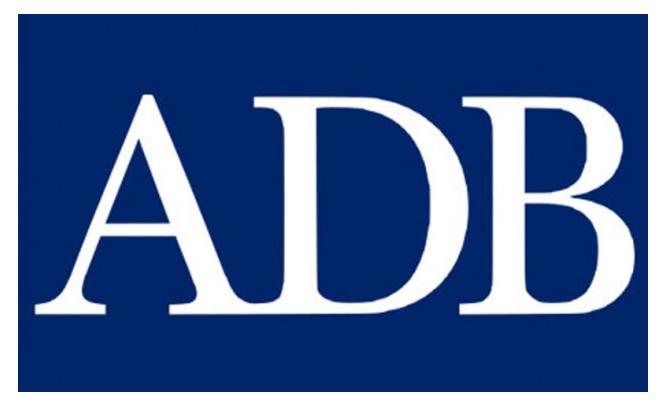Demand-side energy efficiency is highly cost-effective and has the potential to be a main driver for enhancing energy security in Asia and the Pacific.
Asia is on track to becoming the world’s largest energy-consuming region by 2025. This means that the region will increasingly be exposed to energy security and climate change risks unless measures are taken to contain energy consumption.
Making end-users realize that energy is a scarce, valuable resource might not be as simple as it sounds. Yet, if realized, demand-side efficiency gains have the potential to be a main driver for enhancing energy security.
“Investing in energy efficiency programs will have long-term rewards despite the initial higher costs and challenges of setting it up. This is one hurdle that governments need to realize at the outset.”
Demand-side energy efficiency means increasing efficiencies at the point of final energy consumption, mainly for industry, buildings, vehicles, and machinery. ADB Senior Energy Specialist Aiming Zhou explains that it is also gaining importance as a means to maintain electric system reliability.
“In developing Asia, where energy demand is growing rapidly, energy efficiency can be a tool to cut energy use where the electricity system is under significant pressure. This approach can prevent blackouts and brownouts, and extend the operational lifetime of existing transmission and distribution infrastructure.”
According to an ADB evaluation report, Review on Energy Efficiency Interventions, “improving energy efficiency is a highly cost-effective alternative to increasing energy availability. A megawatt of power capacity saved—for example, by retrofitting energy-efficient industrial equipment—costs about half that of adding the equivalent coal-fired power-generating capacity.”
So far, countries in Asia and the Pacific have responded to energy efficiency programs with policies and programs to guide specific changes in energy use across sectors.
“A key focus is industry, because manufacturing, processing, and related activities are often energy intensive,” says Zhou. “But with ongoing development and urbanization throughout Asia, commercial buildings, households, and public sector operations are also being targeted.”
Energy for all
In 2012, ADB invested $2.3 billion in clean energy projects, of which $1.3 billion went to renewable energy. Around $974 million went to investments in energy efficiency with the remainder invested in clean energy funds that support further development.
The goal of ADB’s Energy for All Partnership is to provide 100 million people with access to modern energy by 2015. This will be achieved by encouraging cooperation between the private sector, financial institutions, governments, and non-government organizations to scale up investments in energy access.
The Philippine Energy Efficiency Project shows the benefits of demand-side energy efficiency. The project improved energy use in the Philippines, through actions ranging from lighting retrofits of government buildings to the installation of 9 million compact fluorescent lamps (CFL) in the residential sector. So far, 35 buildings have been retrofitted for savings of 1,372.79 megawatt-hours (MWh) per year. In Metro Manila alone, a switch to light emitting diode (LED) traffic lights is saving 764.72 MWh per year.
“These interventions reduce the cost of energy production and oil imports in the Philippines, and help mitigate emissions of sulfur dioxide, nitrogen oxide, particular matter, and carbon dioxide,” says Zhou.
ADB also “walks the talk” in its own operations. Since 2007, ADB has lowered electricity consumption at its Manila headquarters by at least 4% per year per staff member, through new controls for air conditioning, improved lighting, and other technologies.
Responding to challenges
Investing in energy efficiency programs will have long-term rewards despite the initial higher costs and challenges of setting it up. This is one hurdle that governments need to realize at the outset.
“Energy efficiency is an investment, and should be evaluated accordingly,” says Zhou. “Interventions that deliver real savings over the long term will entail upfront costs for households or businesses. These types of hurdles or inconveniences can be termed as ‘transaction costs’ that can limit energy efficiency interventions, even when cost-benefit analysis justifies their use.”
However, Zhou explains that in order to scale up funding in this sector, there must be a concerted approach at several levels.
“What we need now is greater effort to help banks and lenders understand that providing energy efficiency technologies and services is a profitable business line,” he added.
Changing mindsets
Clearly, energy efficiency programs depend heavily on end-users and efforts should be channeled to educating, informing and encouraging them to do their part.
Energy prices that reflect the true cost of energy can nudge households and businesses to make more energy efficient choices. Government can promote programs that incentivize conservation and promote awareness of its benefits.
“The key is to promote a fundamental shift in the general public’s attitudes, toward instilling recognition that energy is a scarce, valuable resource for us all,” says Zhou.
Source : Asian Development Bank

